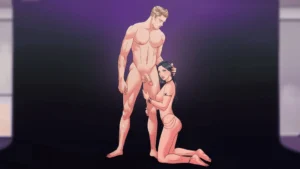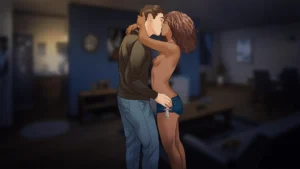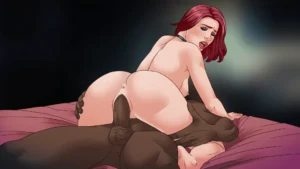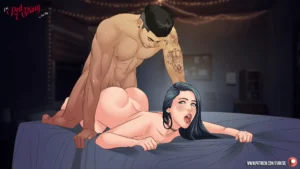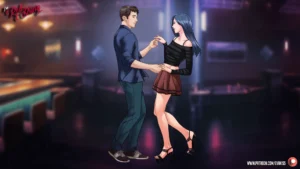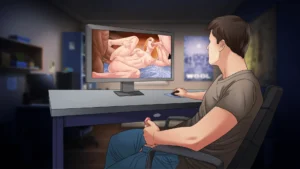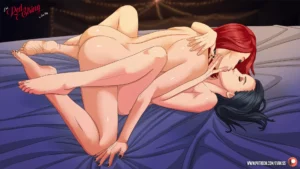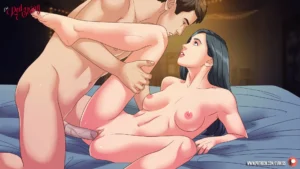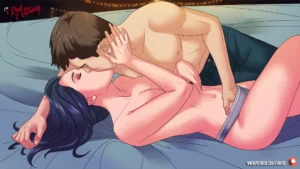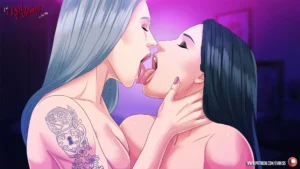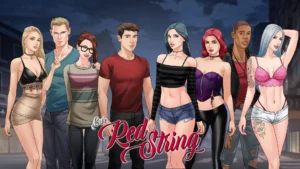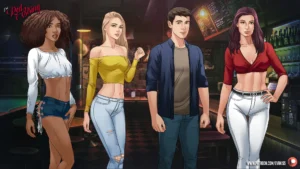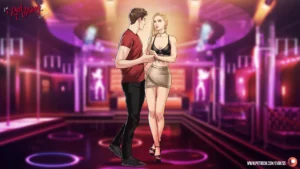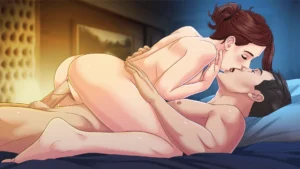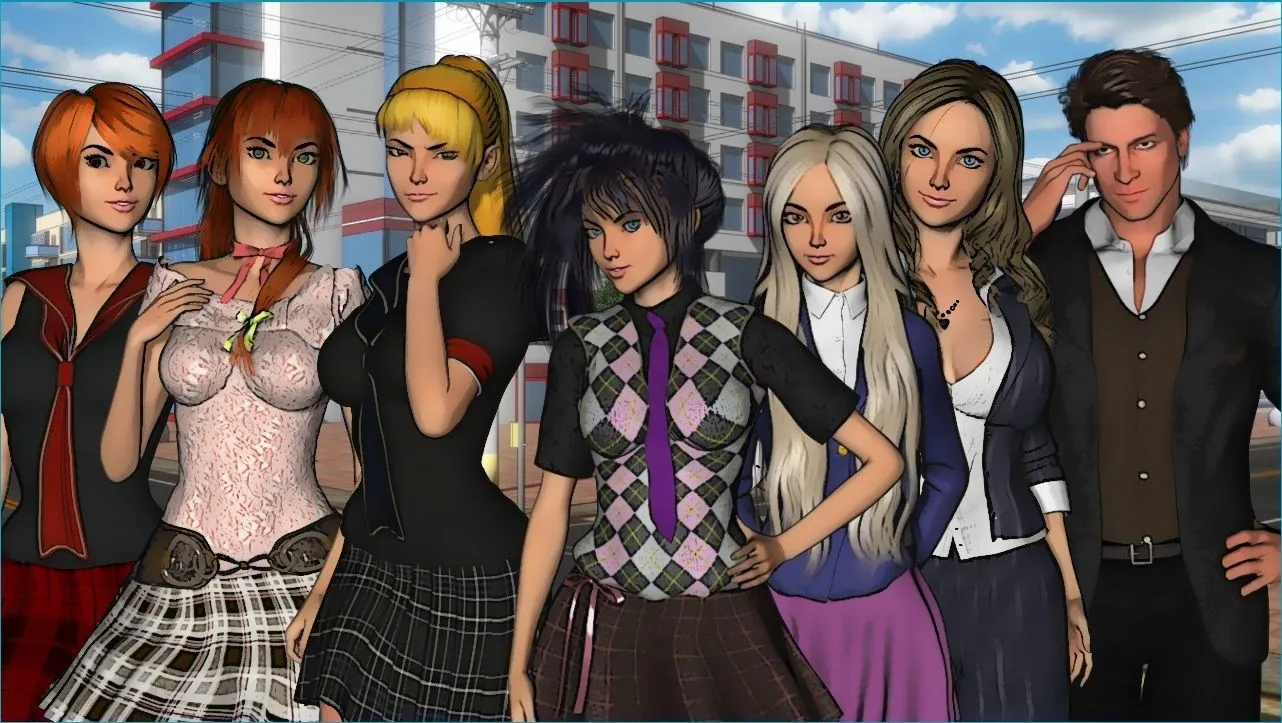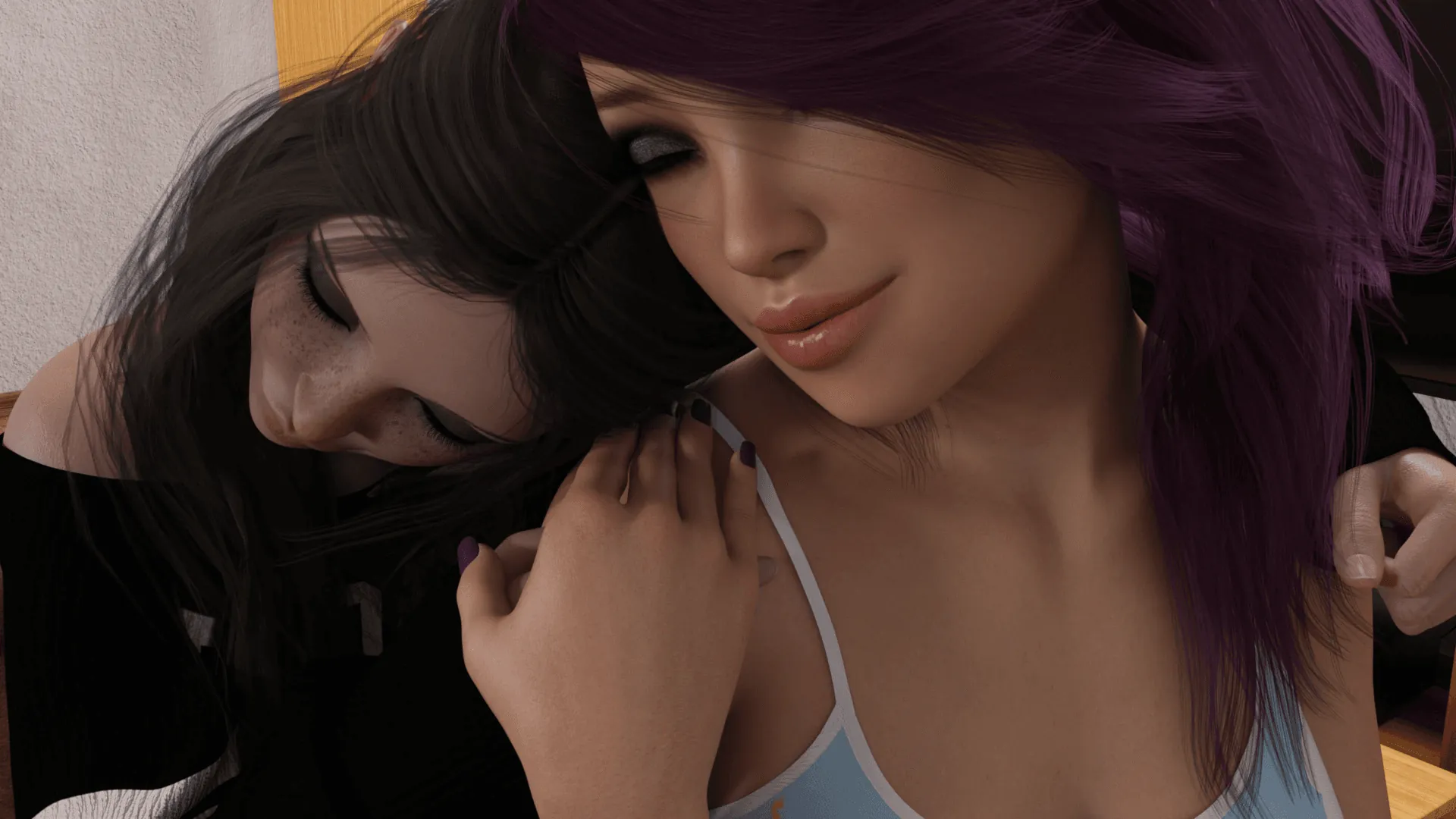
Our Red String
Play Our Red String
Our Red String review
Explore the unique narrative and mechanics of Our Red String
Our Red String is a distinctive interactive game that blends a rich narrative with meaningful player choices. This article explores the game’s storytelling approach, character development, and gameplay mechanics that set it apart. Whether you’re curious about its branching storylines or how player decisions shape outcomes, this guide offers a comprehensive look into what makes Our Red String a memorable experience.
Unpacking the Story and Narrative Structure of Our Red String
Let’s be honest—most visual novels and story-driven games follow a pretty predictable path. 😴 You pick a protagonist, you make a few dialogue choices, and you arrive at one of a handful of endings. But what if a game truly gave you the reins? What if your decisions didn’t just change a line of dialogue, but fundamentally rewrote the story, the relationships, and the fate of every character? That’s exactly the experience Our Red String offers. This isn’t just another game; it’s a masterclass in interactive fiction that had me hooked from the very first choice. 🧵
The Our Red String story is the heart of everything, and it’s what sets this title apart in a crowded genre. It’s a raw, authentic, and often messy look at modern life, ambition, love, and the consequences of our actions.
### What Makes the Story Unique? 🤔
Forget everything you know about linear storytelling. The narrative structure here is what I’d call beautifully chaotic. 🌀 The genius of this non-linear storytelling game is that it feels less like you’re reading a book and more like you’re living a life. Scenes don’t always play out in a strict chronological order; you might jump to a flashback that provides crucial context for a decision you’re about to make, or see a glimpse of the future that makes your current choice feel incredibly weighty.
The cornerstone of this uniqueness is its dual-protagonist game design. You don’t just control one character; you alternate between Lena and Ian, two individuals whose lives become unexpectedly intertwined. This is a game-changer (literally!). You get to see the same events from two completely different perspectives. A comment you make as Lena might seem harmless, but when you jump to Ian’s chapter immediately after and see how he internalized it, it can be a real gut-punch. 😮💔 This design creates a rich, multifaceted Our Red String story that feels incredibly deep and realistic.
I remember one playthrough where I had Lena make a selfish career move. I thought, “No big deal, it’s just business.” But when I switched to Ian and saw how that move accidentally sabotaged a opportunity he was counting on, I actually felt guilty. I had to pause the game! That level of narrative immersion is rare.
### How Player Choices Influence the Plot 🎮
This is where Our Red String truly shines as a branching narrative game. Your decisions aren’t just illusions of choice; they are the architects of the entire experience. The player choices impact is immense, affecting everything from the main plot arcs to the smallest character interactions. It’s a delicate web of cause and effect.
The smallest lie can grow into a monster, and a single moment of honesty can open a door you never knew was there.
The game tracks your morality, your relationships, and your secrets. A choice you make in Chapter 2 might not reveal its consequences until Chapter 8. This creates a thrilling sense of anticipation and makes every decision feel significant. The replay value here is off the charts because you’ll constantly be wondering, “What if I had done things differently?”
To give you a practical idea of how this works, here’s a table showing just a few examples of the branching paths you can create:
| Your Choice | Immediate Consequence | Potential Long-Term Story Outcome |
|---|---|---|
| As Ian, confess your true feelings to a friend. | Strengthen your bond; scene becomes more intimate. | Unlocks a potential romantic path; alters how other characters perceive your relationship. |
| As Lena, lie to your boss to cover a mistake. | Avoid immediate reprimand; gain a short-term advantage. | The lie is discovered later, leading to a major loss of trust and a completely different career arc. |
| Intervene in a argument between two side characters. | Gain the respect of one character. | Make a powerful enemy of the other, who may actively work against you in a future chapter. |
| Share a secret you promised to keep. | Feel relieved in the moment. | Destroy a key relationship permanently; the character will never trust you again. |
See what I mean? 🤯 There are no “right” answers, only interesting ones. This system ensures that your journey is uniquely yours.
### Character Development and Relationships 💞
If the branching plot is the skeleton of the game, then the character relationships in Our Red String are its beating heart. ❤️🔥 This isn’t a game about saving the world; it’s a game about people. The writing is so nuanced that every character, from the main protagonists to the supporting cast, feels like a real person with dreams, flaws, and complexities.
The development is organic and entirely driven by you. Your choices determine not only if relationships blossom or wither but also their very nature. You can foster a healthy, supportive friendship or a toxic, co-dependent romance. You can help a character overcome their demons or enable their worst tendencies. The player choices impact on these dynamics is the most compelling aspect of the game.
Let me give you an example of a key branching moment. Early on, Ian is offered a chance to take credit for a collaborative project. The game presents you with a seemingly simple choice:
* Take all the credit.
* Honestly share the credit with your partner.
I chose to take the credit, thinking it would fast-track Ian’s career. Immediately, his relationship with his partner, Mark, became strained and professional. Mark was cold and resentful. Several chapters later, when Ian desperately needed a ally, Mark was nowhere to be found. I had burned that bridge for good. On my next playthrough, I shared the credit. Not only did Ian and Mark become close friends, but that partnership later evolved into a successful business venture that became a central part of the endgame! 🚀
This depth is what provides such incredible Our Red String replay value. You don’t just replay to see a different ending screen; you replay to meet different versions of the characters and to explore every facet of their personalities. You become invested in their lives. You want to see Ian happy and Lena successful, and you learn that sometimes the path to get them there requires difficult, uncomfortable choices.
The Our Red String story is a testament to the power of player agency. It proves that a branching narrative game can have both incredible depth and meaningful choice. It’s a game that stays with you long after you’ve put it down, compelling you to dive back in and trace a different red string to its unknown conclusion. If you love stories where your voice truly matters, this is an essential experience. ✨
Our Red String offers a compelling blend of narrative depth and player-driven storytelling that makes each playthrough unique. Its well-crafted characters and meaningful choices invite players to explore different paths and outcomes, enriching the overall experience. If you enjoy games where your decisions truly matter and stories unfold in unexpected ways, Our Red String is worth exploring. Dive in and discover the many threads that connect its world.


